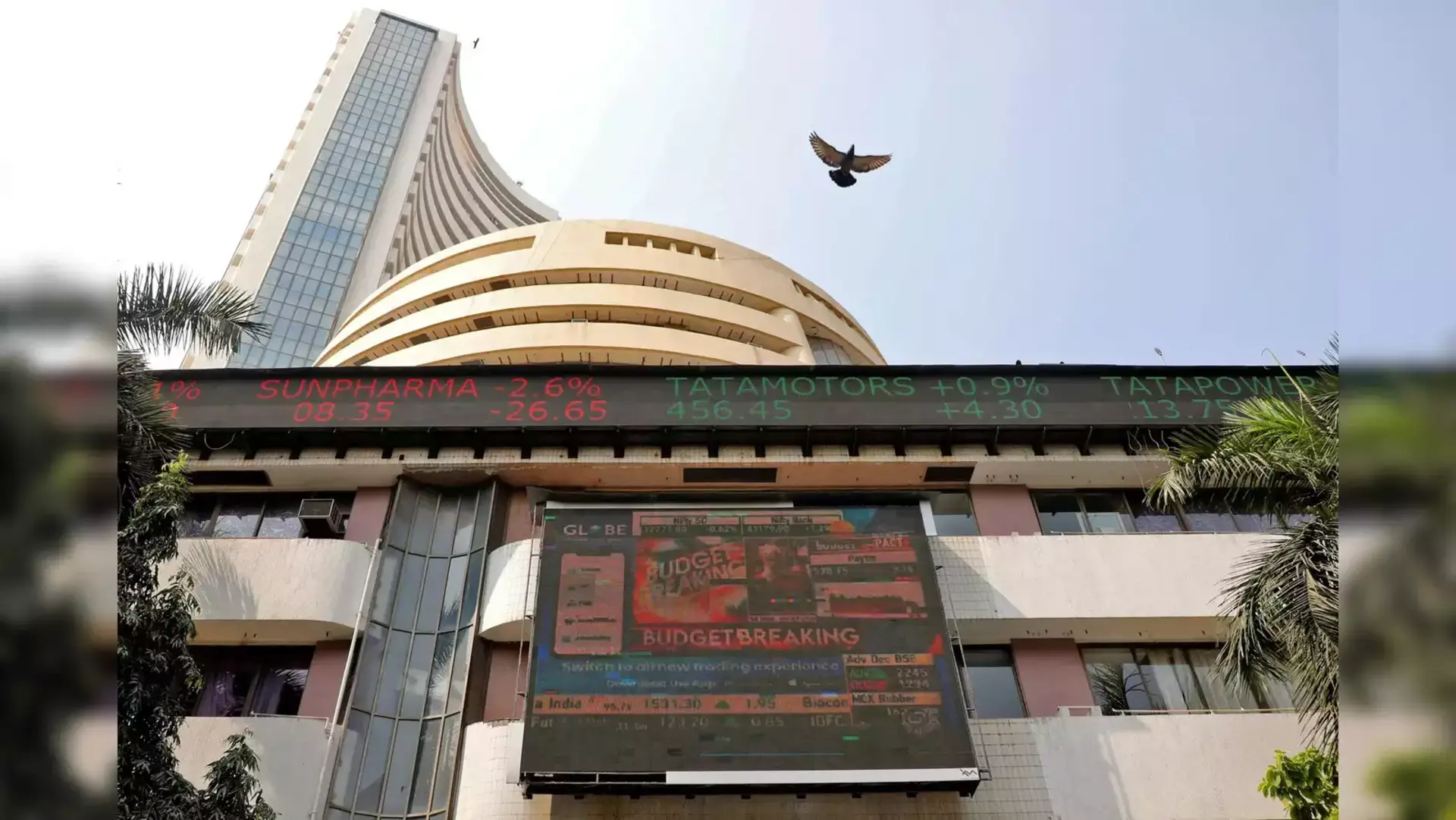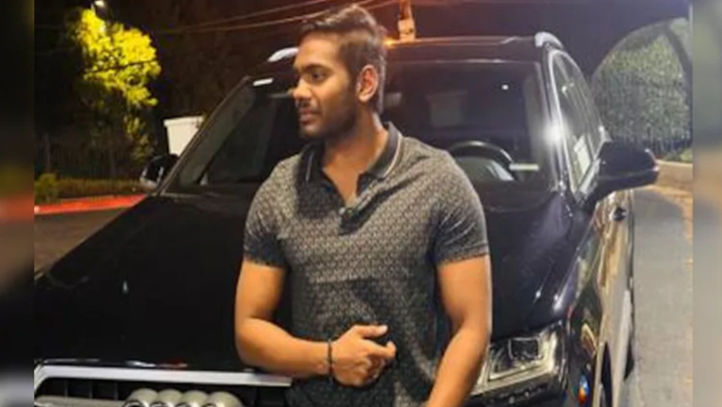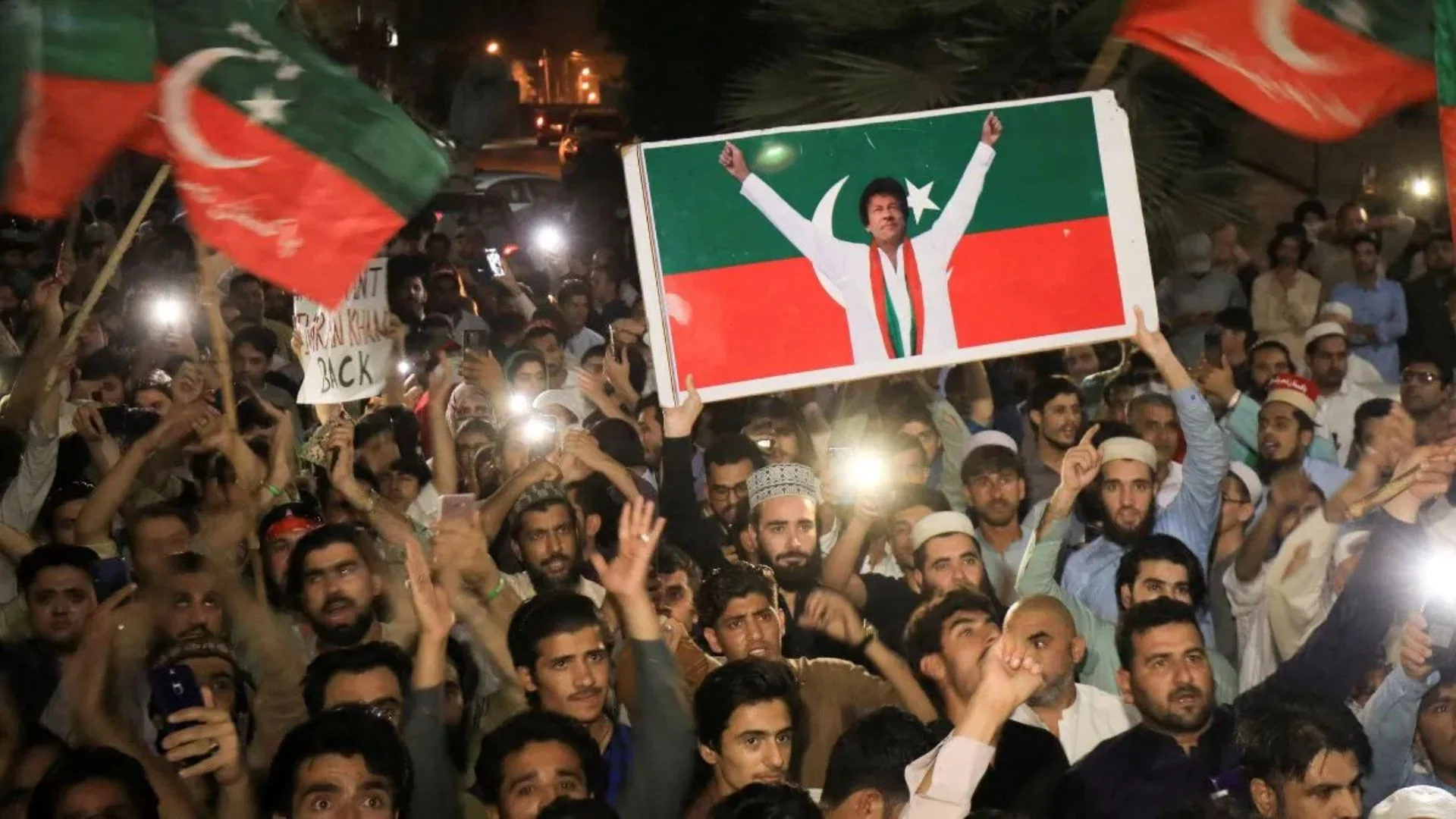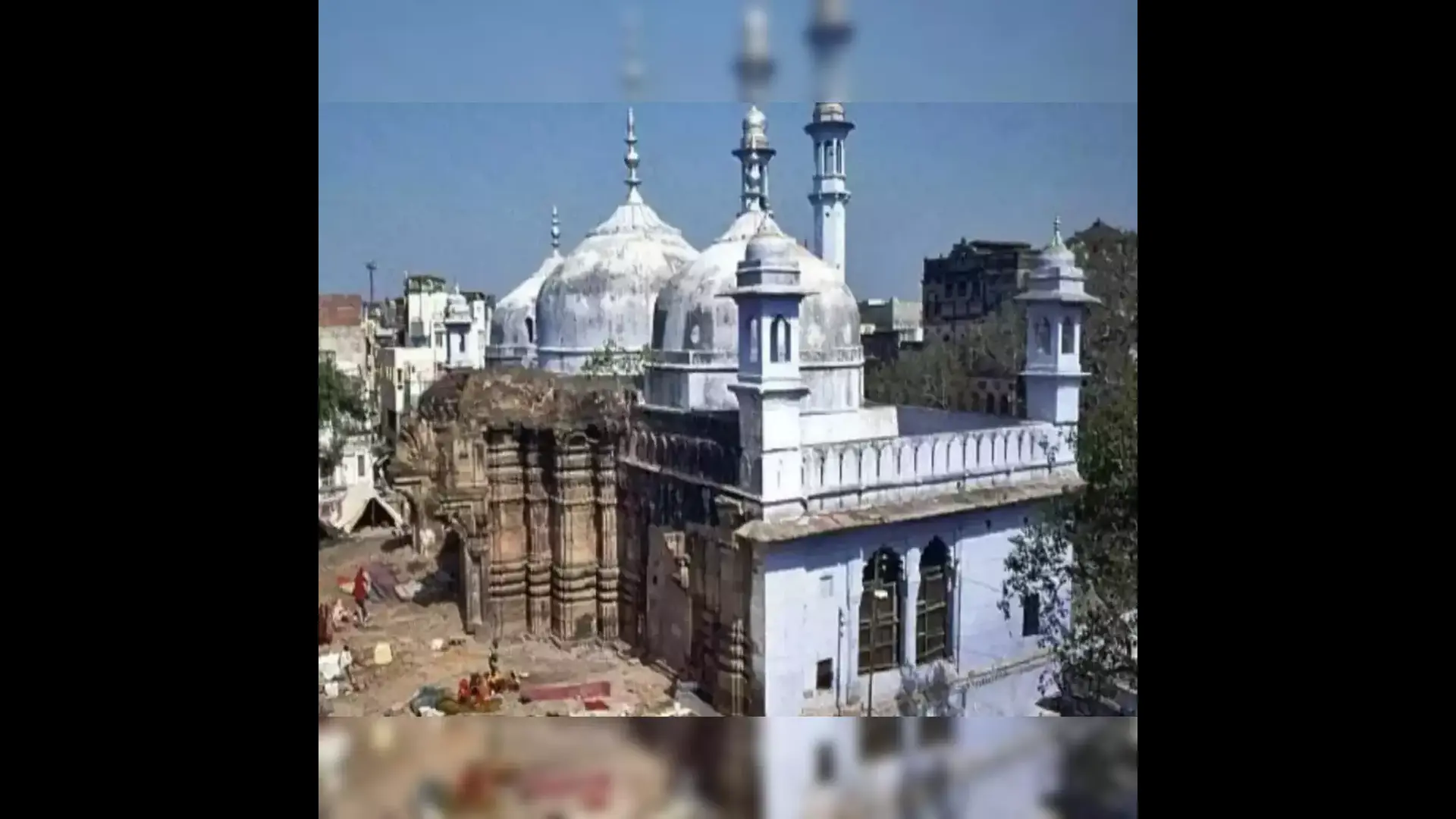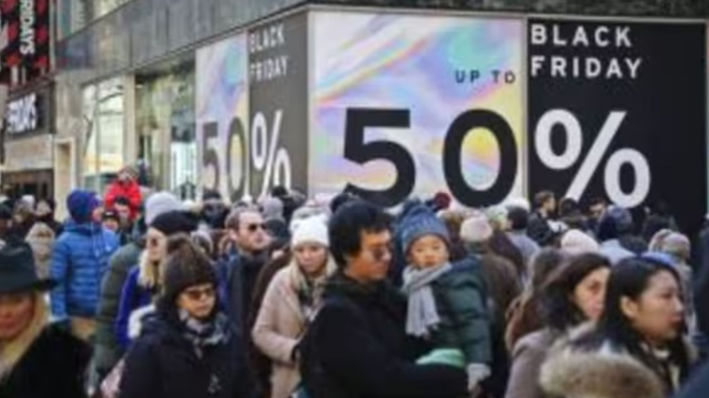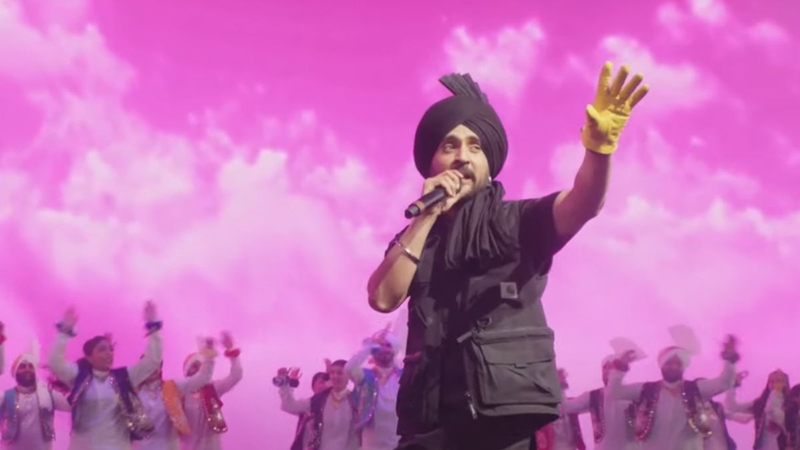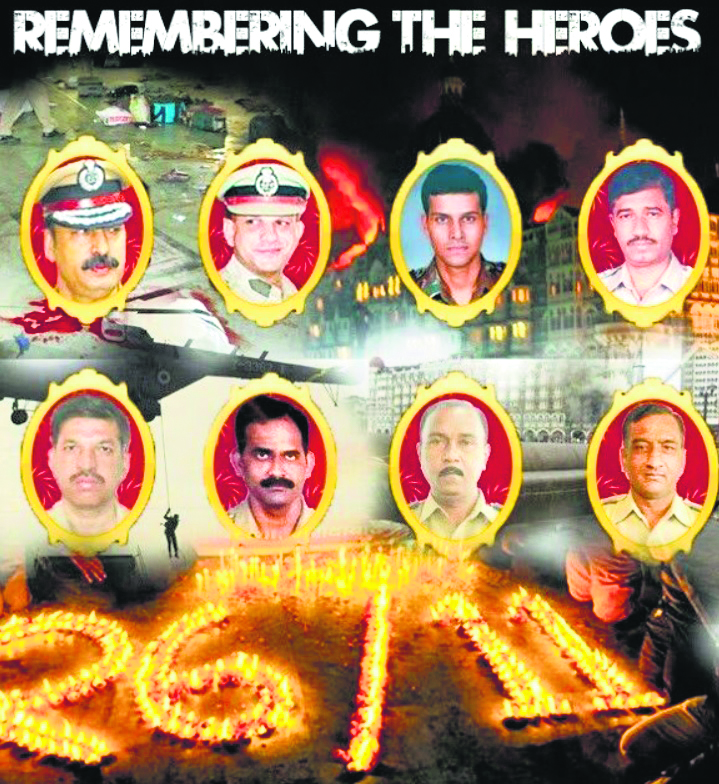
The 2008 Mumbai attacks, also known as the 26/11 attacks or 26 November attacks, were a series of devastating terrorist acts that unfolded in November 2008. Over four days, 10 members of Lashkar-e-Taiba, a militant Islamist organization from Pakistan, executed 12 coordinated shooting and bombing assaults across Mumbai. Commencing on Wednesday, November 26, and persisting until Saturday, November 29, the attacks resulted in widespread global condemnation.
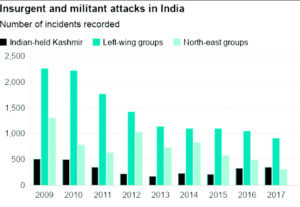
The assailants targeted prominent locations in South Mumbai, including Chhatrapati Shivaji Maharaj Terminus, the Oberoi Trident, the Taj Palace & Tower, the Leopold Cafe, the Cama Hospital, the Nariman House, the Metro Cinema, and areas near the Times of India building and St. Xavier’s College. Explosions occurred at Mazagaon in Mumbai’s port area and in a taxi at Vile Parle. The Mumbai Police and security forces secured all sites by the early morning of November 28, except the Taj Hotel, which was cleared on November 29 during Operation Black Tornado conducted by India’s National Security Guards (NSG).
The attacks resulted in a tragic toll of 175 lives, including nine attackers, and left more than 300 people injured. November 26, 2023, marks the 15th anniversary of this heinous act. The heroism displayed by the Indian Army and Mumbai Police ultimately led to the elimination of all Pakistani terrorists and the capture of one. This grim episode underscores the enduring impact of the 26/11 attacks on the collective memory of Mumbai and the world at large.
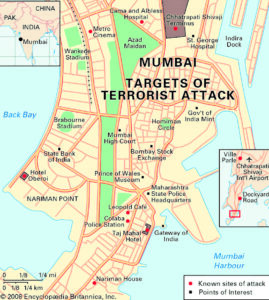
CHRONOLOGY OF ATTACKS
November 26:
Arrival of Terrorists: 10 Lashkar terrorists arrive in Mumbai from Karachi on speedboats.
Initial Reports: First reports suggest a ‘gang war,’ later revealed as a terrorist attack.
Targets: Four terrorists enter Taj, two enter Trident, two enter Nariman House. Kasab and Ismail attack CSMT.
CSMT Attack: Kasab and Ismail kill 58 and injure over 100 at Chhatrapati Shivaji railway station.
Ambush: Kasab and Ismail ambush and kill six police officials, including ATS chief Hemant Karkare.
Arrest and Death: Kasab arrested; Ismail killed; Constable Tukaram Ombale killed in action.
November 27:
Military Response: Army soldiers and Marine commandos surround Taj, Trident, and Nariman House.
NSG Operation: NSG launches Operation Black Tornado to storm hostage sites.
November 28:
Trident Operation: Commandos finish the operation at Trident.
Nariman House: NSG concludes the operation at Nariman House.
November 29:
Taj Secured: NSG secures the Taj; the attacks come to an end.
Key Outcomes:
Resignations: Shivraj Patil and Vilasrao Deshmukh among those who resigned.
Attackers: 10 gunmen linked to Lashkar-e-Taiba.
Targets: Chhatrapati Shivaji railway station, Leopold Café, hospitals, and theatres.
Hostage Situations: Nariman House, Oberoi Trident, and Taj Mahal Palace & Tower.
Siege End: Oberoi Trident siege ends on November 28; Taj Mahal Palace siege ends on November 29.
Casualties: At least 174 killed, including 20 security personnel and 26 foreign nationals. Over 300 injured.
Terrorists: Nine killed, one arrested.
HEROES OF THE 26/11 TERROR ATTACKS
Major Sandeep Unnikrishnan
Indian Army Major Sandeep Unnikrishnan, a member of the elite National Security Guard (NSG) unit tasked with confronting the terrorists at the Taj Palace Hotel, entered the premises alongside fellow officers. Engaging in a firefight with the terrorists, he also coordinated the evacuation of more than 50 hostages. Tragically, Major Unnikrishnan lost his life during the encounter, valiantly sacrificing himself to save numerous lives.
Tukaram Omble
Despite sustaining over 40 gunshot wounds while on duty, Assistant Sub-Inspector (ASI) Tukaram Omble of the Mumbai Police remarkably and singlehandedly apprehended Lashkar terrorist Ajmal Kasab. Omble’s courageous act not only resulted in capturing Kasab but also unveiled critical information about Pakistan’s terrorist plot.
Karambir Singh Kang
Karambir Singh Kang was Taj Mumbai’s general manager, and at another location when the attacks broke out. He immediately returned to the hotel to guide the evacuations, and led hundreds to safety. Kang was gunned down by terrorists inside the hotel, with his wife and son also dying in the attacks alongside him.
Mallika Jagad
Mallika Jagad was the banquet manager at the Taj Palace Hotel during the time of attacks. Upon hearing gunshots outside the hall, she ordered the guests to get under the table and remain silent. She also separated the spouses to reduce the risk of losing entire families. She was eventually able to lead 50 guests to safety with no casualties in her group.
Thomas Varghese
Thomas Varghese, a senior waiter at Taj’s Japanese restaurant Wasabi, was on duty when he heard gunshots in the hallway. Quickly, he instructed all guests to crouch down and later guided them to safety during the evacuation. Although Varghese was the final person to exit the restaurant, he tragically fell victim to terrorist gunfire in the alley.
MAJOR TERROR ATTACKS IN INDIA
1. Pulwama Attack in 2019
On February 14, 2019, a terror attack in Pulwama, Jammu, and Kashmir killed 40 CRPF personnel. A Jaish-e-Mohammed terrorist rammed an explosive-filled vehicle into a CRPF convoy. A memorial stands at CRPF’s Lethpora camp in their honour.
2. Uri Attack in 2016
On September 18, 2016, militants, suspected to be from JeM, attacked an army base in Uri, Kashmir, killing 17 jawans. It was the deadliest assault on security forces in Kashmir in two decades. Subsequently, Indian Special Forces conducted a surgical strike on terror launchpads across the LoC.
3. 26/11 Mumbai attack in 2008
On November 26, 2008, 10 heavily-armed terrorists from Pakistan-based LeT conducted a horrific attack in Mumbai. Coordinated shootings and bombings at five locations resulted in 166 deaths and over 300 injuries.
4. Jaipur Blasts in 2008
On May 13, 2008, a shocking terrorist attack in Jaipur saw nine bomb blasts within 15 minutes, claiming around 80 lives and injuring over 170. The Pink city was deeply affected.
5. Mumbai Train Bombings in 2006
On July 11, 2006, seven blasts rocked Mumbai’s Suburban Railway during evening rush hour. The coordinated attacks by terrorist outfits SIMI and LeT claimed 209 lives, leaving over 700 injured.
6. Delhi Bomb blast in 2005
On October 29, 2005, bomb blasts in Delhi targeted crowded markets and city areas, claiming 66 lives and injuring over 200. Linked to LeT, these blasts were among Delhi’s deadliest attacks.
7. Parliament attack in 2001
On December 13, terrorists from LeT and JeM attacked the Parliament complex, killing around nine people, including Delhi police personnel, a CRPF trooper, Parliament staff, a gardener, and a journalist. All five terrorists were shot dead.
8. Bombay blasts in 1993
On March 12, 1993, 13 bomb explosions orchestrated by Dawood Ibrahim in Mumbai killed 257 and injured over 700, causing property damage exceeding Rupees 27 crores. India has witnessed various other deadly terror attacks.
